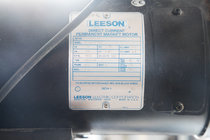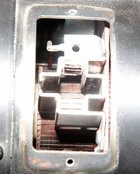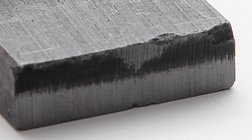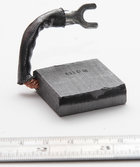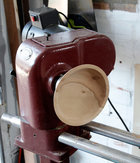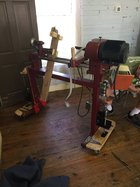Hi, my Robert Sorby RS2 lathe stutters as it get above top 25% speed using the VFD. I thought it was the on-motor switch so bypassed it but wired it incorrectly, so it ran in reverse. It did this fine, no stuttering at any speeds. Having corrected the error (switched the live/ neutral wires back) it runs the right way but now stutters again in the top 25% speed range.
Any thoughts what this might be?
Thanks, Chris.
Any thoughts what this might be?
Thanks, Chris.

